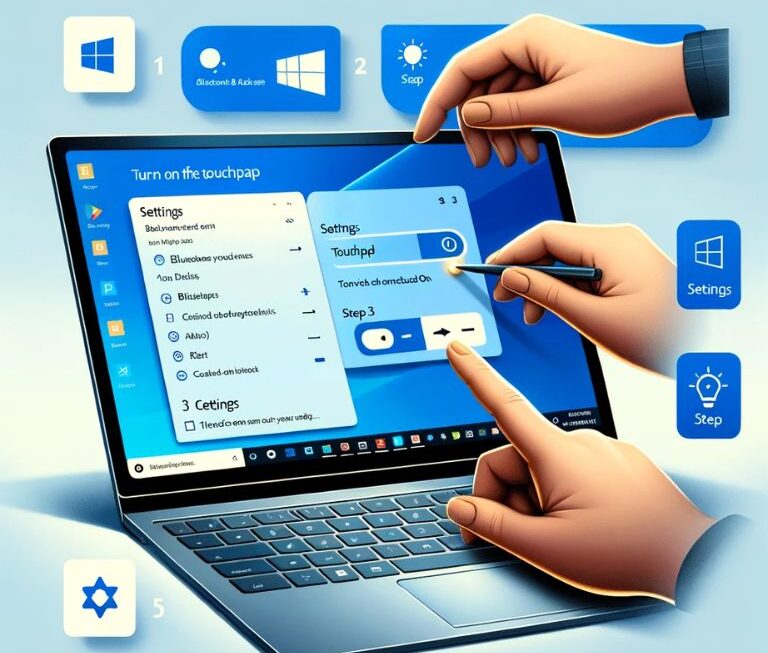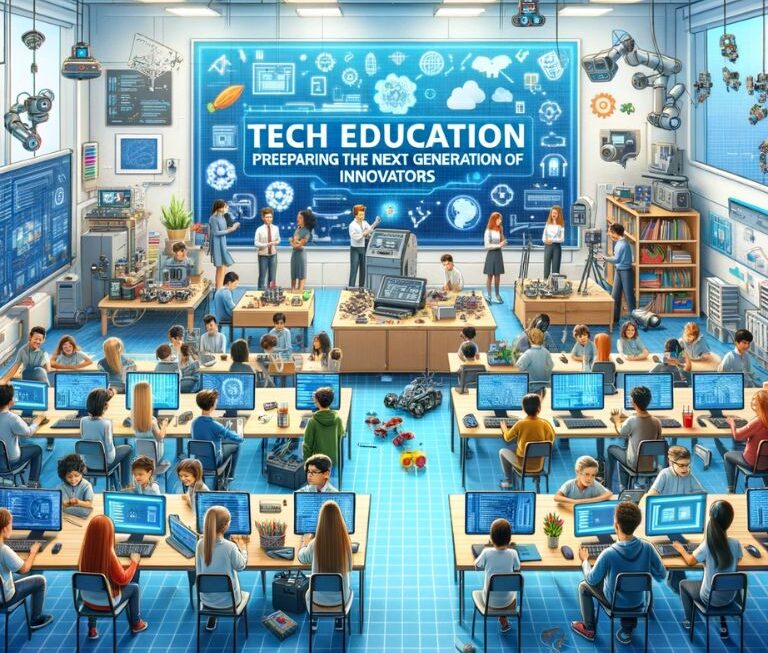In today’s tech-driven world, our reliance on electronic devices is undeniable, but it has given rise to a pressing crisis – electronic waste or e-waste. E-waste, encompassing discarded electronic devices and their components, is a global predicament of alarming proportions. Each year, a staggering 53 million metric tons of e-waste is generated globally, projected to increase by 21% by 2030. These discarded devices often contain hazardous materials and contribute to resource depletion, exacerbated by their short lifespan and inefficient recycling.
This e-waste crisis demands immediate action for the sake of our environment and future generations. Within this context, the concept of revamped computer designs emerges as a promising solution, representing a fundamental shift in our approach to electronics. In the following sections, we explore the potential benefits of revamped designs and their role in mitigating the e-waste catastrophe, aiming for a greener, more sustainable electronic ecosystem. Join us on this journey to discover how revamped computer designs can revolutionize our relationship with technology and reduce e-waste.
The E-Waste Crisis
Electronic waste, commonly referred to as e-waste, stands as a global dilemma with profound implications. E-waste volumes are staggering, with a yearly generation of 53 million metric tons, predicted to surge by 21% by 2030 1. This exponential growth accelerates resource depletion and intensifies environmental damage.
One of the most pressing issues lies in the toxic components of electronic devices, including lead, mercury, and cadmium. When improperly discarded, these toxins infiltrate soil and water, jeopardizing both human health and ecosystems. Simultaneously, the rapid obsolescence of electronic gadgets fuels a relentless cycle of consumption and disposal. Devices with relatively short lifespans contribute significantly to the e-waste mountain, despite many still being functional. Consequently, a vast proportion of e-waste is inadequately recycled or exported, perpetuating environmental harm.
The e-waste crisis is a multifaceted predicament, characterized by its alarming growth, toxic components, rapid obsolescence, and inefficient disposal practices. As electronic devices continue to proliferate, addressing this crisis becomes increasingly vital. In the following section, we explore revamped computer designs as a hopeful avenue to mitigate this pressing issue.
Revamped Computer Designs
In the midst of the e-waste crisis, a glimmer of hope emerges in the form of revamped computer designs. These designs represent a profound shift from the conventional model of electronics manufacturing and disposal. Instead of creating short-lived devices, they prioritize sustainability through modular components that extend a device’s lifespan.
Revamped computer designs introduce innovative features and technologies. Modular smartphones and laptops with upgradable components empower users to customize and repair their devices, reducing the need for frequent replacements. This approach not only curtails e-waste but also promotes environmental sustainability by incorporating recycled and eco-friendly materials. Real-world examples like Fairphone’s modular smartphones and Framework’s repairable laptops demonstrate the practical success of these concepts.
In the pursuit of combatting the e-waste crisis, revamped computer designs present a promising avenue. Their commitment to sustainability and longevity signals a shift toward a more eco-conscious electronic landscape, offering hope for a greener, more sustainable future.
The Road to a Sustainable Future
As we envision the transformative potential of revamped computer designs in combating the e-waste crisis, it is crucial to acknowledge both the impact and the challenges ahead. Widespread adoption of these designs holds the promise of significantly reducing the staggering 53 million metric tons of annual e-waste generated globally [^1^]. By extending the lifespan of devices and encouraging repairability and recycling, a substantial dent can be made in electronic waste streams.
However, the journey to embracing revamped designs is not without its obstacles. Manufacturers and consumers must adapt to the shift, potentially facing initial cost adjustments and changing attitudes toward technology ownership. Standardizing modular components across the industry is a complex endeavor. Achieving a sustainable future through these designs calls for collaborative efforts. Governments can enact supportive policies, manufacturers must embrace eco-friendly practices, and consumers can make a difference by choosing products that prioritize longevity and repairability. In the tech community, open-source initiatives and knowledge sharing, like the Open Compute Project and Repair Café, contribute to driving sustainable change. In this collective endeavor, we pave the way for a greener electronic landscape and a more sustainable tomorrow.
Conclusion
In the face of the escalating e-waste crisis, the emergence of revamped computer designs offers a beacon of hope for a more sustainable future. These innovative approaches, characterized by modularity, repairability, and eco-conscious materials, have the potential to significantly reduce the annual 53 million metric tons of global e-waste. However, challenges such as initial costs and the need for industry-wide standardization must be overcome. To realize the promise of reduced e-waste and a greener electronic landscape, collaborative efforts from governments, manufacturers, consumers, and the tech community are imperative. By embracing revamped designs and a collective commitment to sustainability, we can pave the way towards a brighter and more environmentally conscious tomorrow.




